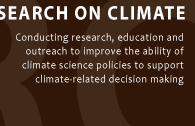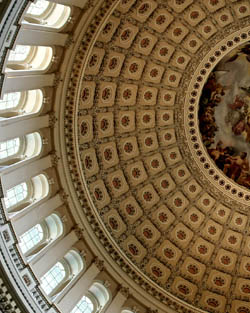

CONGRESS AND NSF’S |
|
In 1997, influenced by the demand for Federal agencies to produce “demonstrable results” expressed in the Government Performance and Results Act of 1993, the National Science Foundation (NSF) created what became known as the second or “broader impacts” criterion (BIC) for the assessment of grant proposals. Henceforth, in addition to assessing proposals in terms of their intellectual or scientific merit, proposers and reviewers of grant proposals were asked to answer the question: “What are the broader impacts of the proposed activity?” Because of its emphasis on impacts beyond those of simply producing more knowledge, the introduction of BIC promoted reflection on whether a research program was responding effectively to a real social need. But over the last decade, BIC has increasingly been interpreted rather narrowly as encouraging the promotion of science for the sake of science. For instance, BIC is now most often satisfied by including public education and outreach activities, with little consideration for whether these are really demanded by the social context. |
 |
How, then, might BIC be addressed in ways that enhance the supply of scientific knowledge that responds to a real societal demand rather than simply trying to create a demand for a knowledge supply that scientists themselves want to create? In 2007 Congress proposed its own answer to this question in the form of the America COMPETES Act, which explicitly ties BIC to the promotion of Responsible Conduct of Research (RCR) activities, such as mentoring post-doctoral researchers and instructing undergraduate and graduate students in the ethics of research. Such an answer, of course, interprets the question of the supply and demand of scientific knowledge as a question concerning the quality rather than the quantity of knowledge production. Instead of using BIC just to promote more science, Congress is expressing the demand for scientists to think in terms of producing better science. This raises the question of what one means by ‘better science.’ Answers to this question will vary with the particular context, but the context of climate science presents a salient example. Although billions have been spent on increasing the quantity of our knowledge regarding climate change, not enough attention has been paid to the quality of that knowledge in terms of its usability by decision makers. Interpreted broadly, BIC might encourage climate scientists applying for NSF grants to conduct research that will respond to a specific need in addition to justifying the research on educational grounds alone. |
|